0 Nights / 1 Days
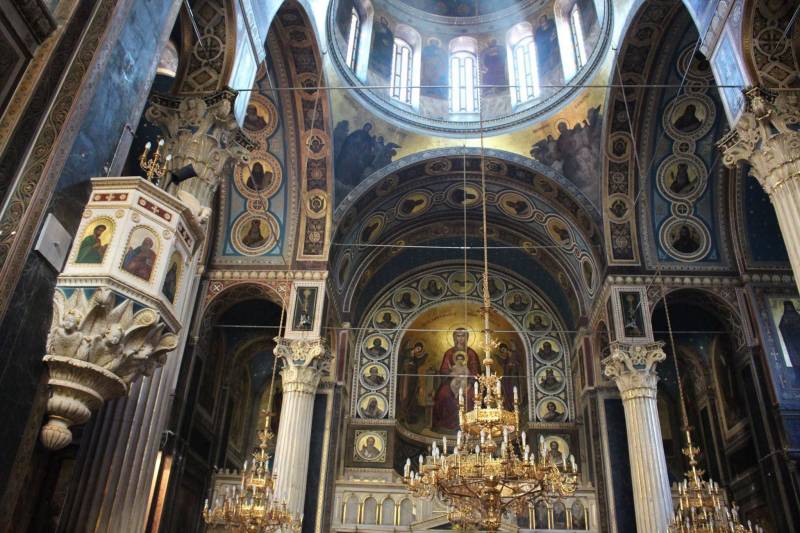
Departure from the understand to see the Byzantine Era of Istanbul in depth. Start with Chora Museum - The word “chora” means “outside the city, the countryside”. Probably, a small church built here before the erection of the 5th century Roman city walls gave its name to the later churches built on the same site. The present-day edifice is dated to the llth-14th centuries. Besides its attractive exterior, the mosaics and frescoes inside are considered masterpieces of the Byzantine “renaissance”. These decorations and the additions made in the 14th century were ordered by Theodore Metochites. Mosaic panels in the two narthex at the entrance depict the lives of the Virgin and Christ in the chronological order described in the Bible. Religious subjects were depicted in the form of frescoes in the side chapel. Prominent church and court personalities also figure in these frescoes.
Then to the Fethiye or Victory Mosque which was converted from the Church of the Monastery of Theotokos Pammakaristos in 1591 by Murad III to commemorate the conquest of Georgia and Azerbaijan, and to serve the community’s increasing Muslim population. The Greek name of the monastery, also known as St. Mary Pammakaristos, means “The All Blessed Mother of God.” Archaeological studies have revealed Comnenian roots of the main church, attributed to the 11th or 12th centuries by different scholars.
It’s then a short trip to the Haghia Sophia, the 6th-century Byzantine church whose name means “Divine Wisdom”, and which has been nominated the 8th wonder of the world by many historians. The dome of the Haghia Sophia, believed to represent the infinity of the cosmos, is most impressive. To think that this dome was built in the 530s contributes even more to the importance of the mosque. Despite being damaged, the mosaics found within Haghia Sophia are among the most precious in the world. In 1935 the monument converted into a Museum.
Underground Cistern, Byzantine cistern from the 6th century built by Justinian I and is located to the south-west of Hagia Sophia. The water was brought from Belgrade Forest, 19 kilometres to the north of Istanbul, and it had a capacity to store 100.000 tons of water. It features fine brick vaulting supported by 336 various type of columns brought here from different parts of the Empire. There are also two Medusa friezes brought from the Temple of Apollo in Didyma (today’s Didim). Its dimensions are 140x70x9 meters.
The tour ends at the pier or at the hotel.
We are Dealing in Tour & Travels Services. Read More...
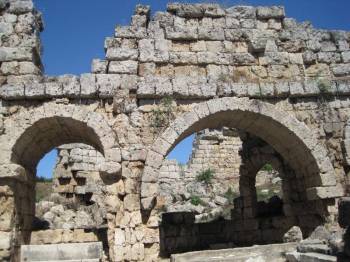 1D/0N
1D/0N
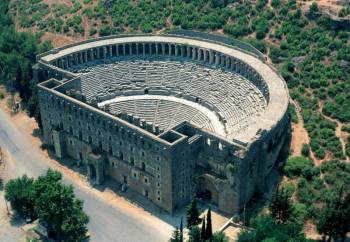 1D/0N
1D/0N
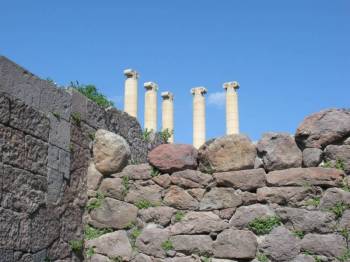 1D/0N
1D/0N
 1D/0N
1D/0N
 1D/0N
1D/0N
 1D/0N
1D/0N
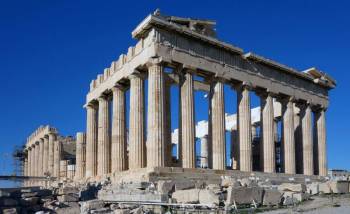 1D/0N
1D/0N
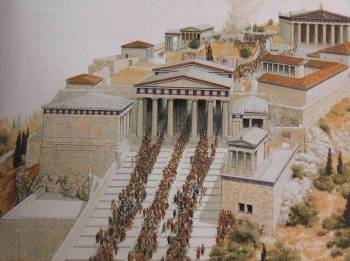 1D/0N
1D/0N
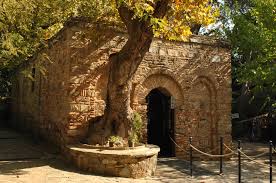 1D/0N
1D/0N
 1D/0N
1D/0N
 1D/0N
1D/0N
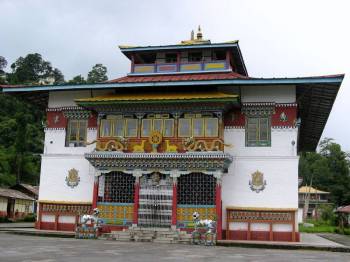 1D/0N
1D/0N
 1D/0N
1D/0N
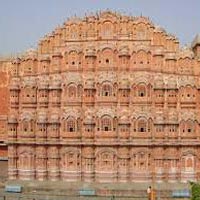 1D/0N
1D/0N
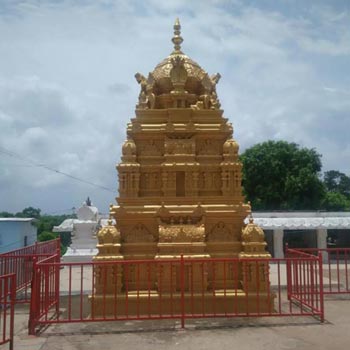 1D/0N
1D/0N
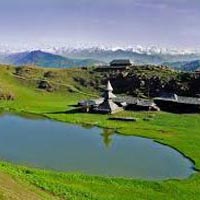 1D/0N
1D/0N
 1D/0N
1D/0N
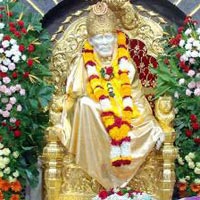 1D/0N
1D/0N
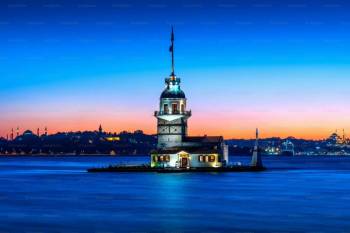 14D/13N
14D/13N
14D Turkish - Greek Odyssey Tour
Athens - Mykonos - Santorini - Istanbul - Ankara - Cappadocia - Izmir - Konya
 10D/9N
10D/9N
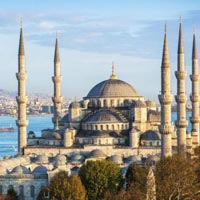 11D/10N
11D/10N
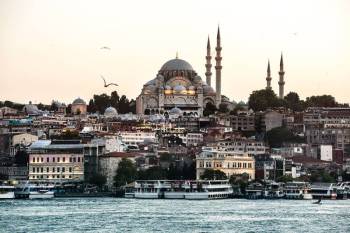 8D/7N
8D/7N
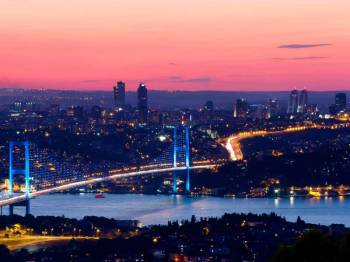 8D/7N
8D/7N
Istanbul - Canakkale - Kusadasi - Konya - Cappadocia - Malatya - Mardin
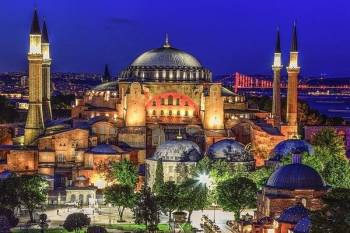 9D/8N
9D/8N
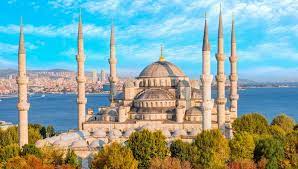 6D/5N
6D/5N
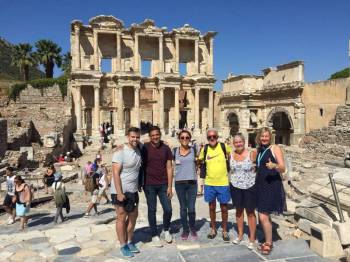 7D/6N
7D/6N
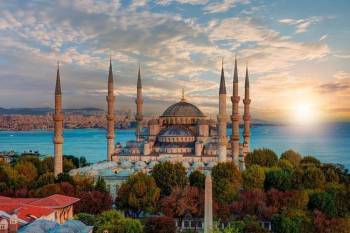 7D/6N
7D/6N